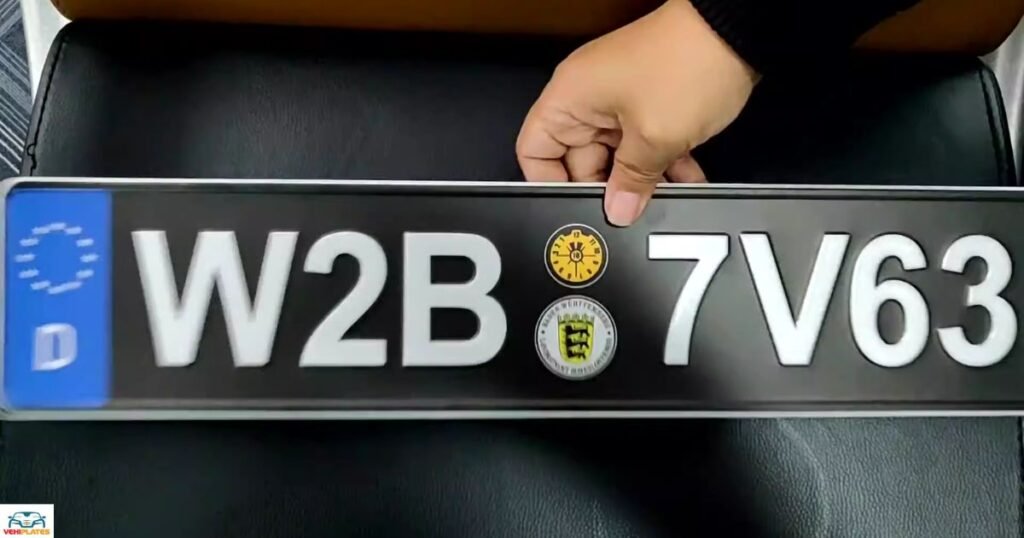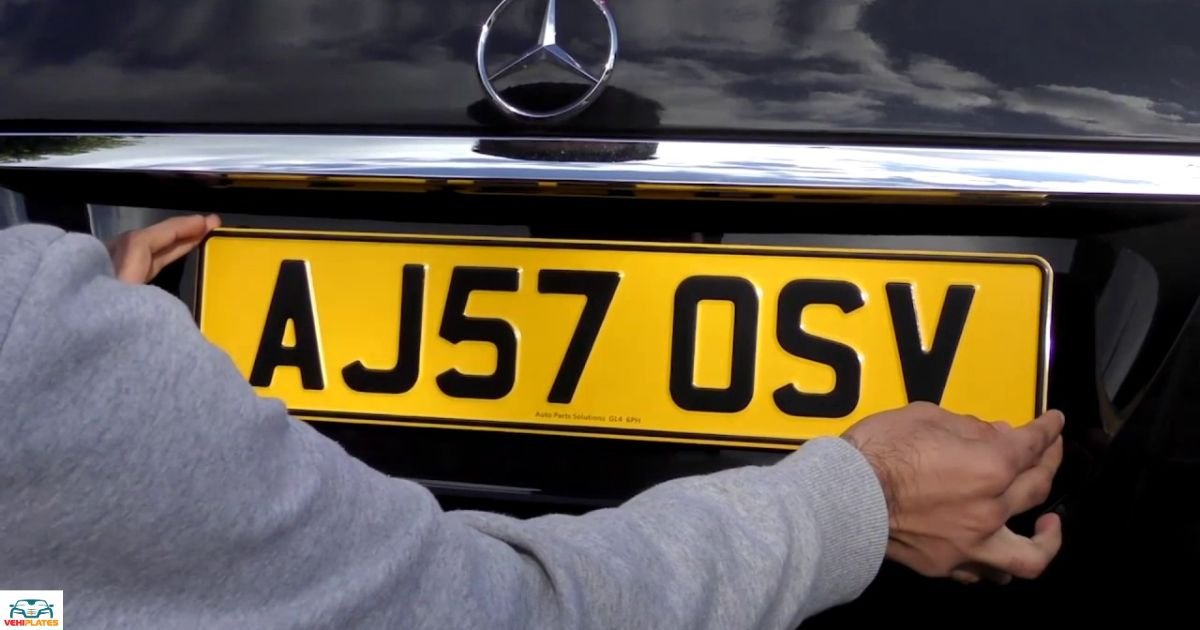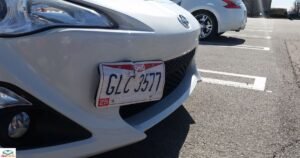License plates are an essential aspect of vehicle ownership, serving as a unique identifier for each vehicle on the road. Some vehicle owners opt to ‘tuck’ their license plates, positioning them in a way that may not adhere to standard placement regulations.
This practice has sparked debates regarding its legality and potential consequences. In this article, we delve into the legality of tucked license plates, exploring the regulations, potential issues, and implications for vehicle owners.
Regulatory Standards and Requirements
In most jurisdictions, there are strict regulations governing the display of license plates on vehicles. These regulations are in place to ensure proper identification, promote road safety, and facilitate law enforcement activities. Key aspects of license plate regulations include:
Visibility Requirements
License plates must be clearly visible from certain distances and angles to allow for easy identification by law enforcement officers and automated systems such as traffic cameras.
Placement Guidelines
Regulations often specify the precise locations where license plates should be affixed on vehicles. This typically includes both front and rear plates, with specific instructions regarding height, angle, and distance from other vehicle components.
Obstruction Prohibition
Regulations may prohibit anything that obstructs the visibility of license plates, such as frames, covers, or any modifications that obscure the plate’s characters or registration information.
Tucked License Plates- Understanding the Practice

‘Tucking’ license plates involves modifying their positioning on a vehicle, often to achieve a certain aesthetic or to comply with modifications to the vehicle’s bodywork.
This practice typically entails mounting the license plate in a manner where it is partially or completely concealed from certain angles. Common methods of tucking license plates include:
Flush Mounting
Installing the license plate directly against the vehicle’s surface, often with minimal clearance between the plate and the bodywork.
Angle Adjustment
Tilting the license plate at an angle that deviates from standard vertical positioning, altering its visibility to onlookers and surveillance systems.
Repositioning
Placing the license plate in unconventional locations on the vehicle, such as behind tinted windows, within custom-designed enclosures, or integrated into body panels.
Legal Considerations and Enforcement
| Consideration | Details |
| State Regulations | Vary widely; adherence required for legal compliance. |
| Enforcement Practices | Active monitoring by law enforcement; use of technology for detection. |
| Penalties | Fines, citations, vehicle impoundment; severity varies by jurisdiction. |
| Repeat Offenses | Escalated penalties, including license suspension or revocation. |
| Legal Exposure | Non-compliance may lead to legal consequences and fines. |
Ensuring compliance with license plate regulations, including considerations such as ‘Are Colored License Plate Lights Illegal?’ is essential to avoid legal repercussions and maintain road safety standards.
Implications for Vehicle Owners

For vehicle owners considering tucking their license plates, it’s essential to weigh the potential benefits against the associated risks and consequences. While tucked license plates may offer aesthetic appeal or accommodate vehicle modifications, they also pose several implications:
Legal Exposure
Tucked license plates may attract unwanted attention from law enforcement officers, leading to citations or fines. Even if the practice is initially overlooked, periodic crackdowns or changes in enforcement priorities could result in penalties.
Insurance Considerations
Some insurance providers may view modifications such as tucked license plates as indicators of increased risk or non-compliance with vehicle regulations. This could impact insurance premiums or coverage eligibility.
Resale Value
Modifications, including tucked license plates, may affect the resale value of a vehicle. Prospective buyers may be hesitant to purchase a vehicle with non-compliant modifications, limiting the vehicle’s market appeal.
FAQ’s
Can I customize the positioning of my license plate?
Yes, but it must comply with local regulations regarding visibility and obstruction.
Will law enforcement officers notice if my license plate is tucked?
Possibly, especially during routine traffic stops or patrols.
What are the potential consequences of having a tucked license plate?
You could face fines, citations, or even vehicle impoundment depending on local laws and enforcement practices.
Conclusion
While tucked license plates may offer a unique aesthetic or accommodate vehicle modifications, their legality remains subject to local regulations and enforcement practices.
Vehicle owners considering this practice should familiarize themselves with applicable laws and weigh the potential risks and consequences.
Adherence to license plate regulations ensures compliance with the law, promotes road safety, and mitigates the risk of legal repercussions.










